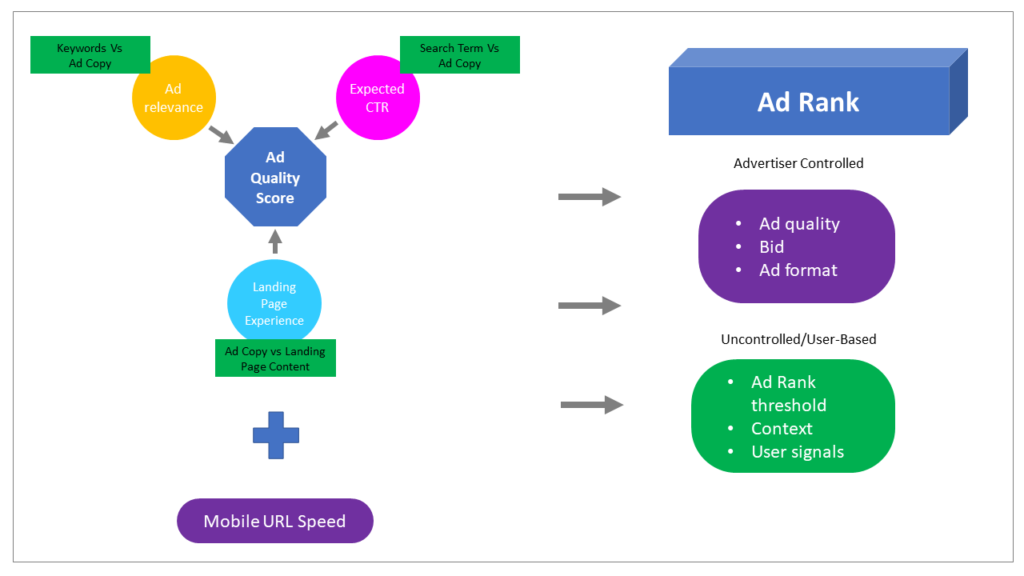A/B testing, also known as split testing, is a method used in digital marketing to compare two versions of an ad, webpage, or marketing element to determine which performs better. When it comes to Google Ads, A/B testing involves creating two different versions of an ad and analyzing which one generates more clicks, conversions, or engagement.
Why is A/B Testing Important in Google Ads?
A/B testing plays a crucial role in optimizing your ad campaigns by providing insights into what resonates best with your target audience. It allows marketers to:
- Improve Click-Through Rates (CTR): Test different headlines, descriptions, and call-to-actions (CTAs) to see which version attracts more clicks.
- Enhance Conversion Rates: By experimenting with different ad copies, visuals, or offers, you can increase the likelihood of turning clicks into conversions.
- Optimize Ad Spend: Identify underperforming ads and allocate your budget to the ads that yield better results.
- Reduce Cost-Per-Click (CPC): Well-performing ads often achieve a lower CPC, allowing more efficient use of your budget.
🚀 Take your ads to the next level with our Paid Ads Services.

How to Conduct A/B Testing in Google Ads
- Identify Your Goal: Whether it’s improving CTR, increasing sales, or boosting engagement, set a clear objective.
- Choose One Variable to Test: Test only one element at a time, such as the headline, image, or CTA, to get clear insights.
- Create Variations: Develop two versions of your ad with only one difference between them.
- Run the Test: Launch both ads simultaneously and split the audience equally.
- Analyze Results: Use Google Ads metrics to evaluate which ad performed better.
- Implement the Winner: Scale up the winning ad and continue optimizing through further testing.
📈 Enhance your ad performance with our Website Development services.
Best Practices for A/B Testing in Google Ads
- Test One Element at a Time: Avoid testing multiple elements simultaneously to ensure accurate results.
- Use Meaningful Metrics: Focus on metrics that align with your business goals, such as conversion rates or ROI.
- Run Tests for an Adequate Duration: Allow enough time to collect sufficient data for reliable insights.
- Regularly Review and Adapt: Continuously test new ideas and adapt to changing market trends.
📧 Improve your ad strategy with our Email Marketing Services.
Conclusion: Boost Your Google Ads with A/B Testing
A/B testing is an invaluable strategy for maximizing the performance of your Google Ads campaigns. By systematically testing and analyzing different ad variations, you can make data-driven decisions that enhance your marketing ROI and drive business growth.
📞 Contact us today! Call 0161 399 3517, visit our Website, or email Syed_66@hotmail.com to transform your digital marketing strategy!
